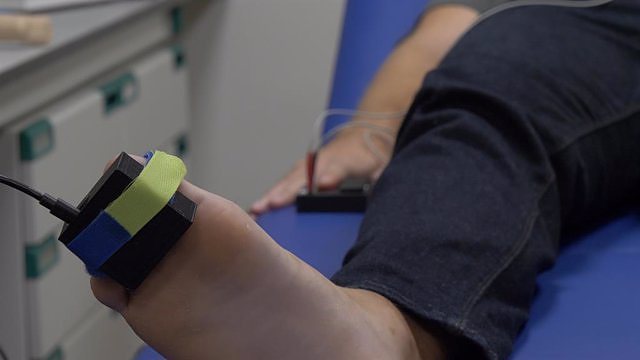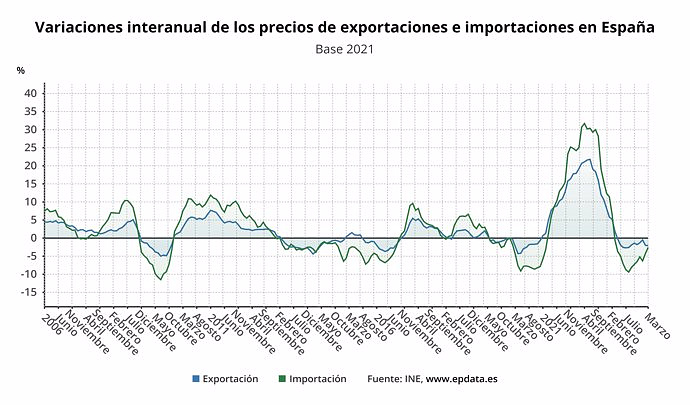ALICANTE, 19 Dic. (EUROPA PRESS) -
A multidisciplinary team of professors and researchers from the Miguel Hernández University Science Park (PCUMH) of Elche (Alicante) works on the ValorITB research project to develop an efficient technology to diagnose Peripheral Arterial Disease (PAD) "quickly and effectively" in patients with diabetic foot.
This arterial disease has a high prevalence in diabetic people, since between 50 and 60 percent have obstruction in the arteries of the foot. With the aim of promoting the development and commercialization of this technology, the project was one of those selected to participate in the Innopropel UMH program, managed by the PCUMH, as indicated by the academic institution in a statement.
The professor of the Nursing Area and expert in podiatry at the UMH Esther Chicharro has pointed out that, currently, the detection and evaluation of this condition is carried out in consultation through a Doppler ultrasound ultrasound. This non-invasive test uses sound waves to measure blood pressure in the extremities.
"Performing this test can take around 30 or 40 minutes. Thanks to the device that we have developed, in collaboration with the Biomedical Neuroengineering Research group at the UMH, we can perform this same measurement in less time and with the same reliability ", he highlighted.
Likewise, the researcher has highlighted that this technology includes "another added value", since compared to the classic methodology, with which "it is difficult to assess arterial obstruction in people with arterial stiffness and calcification", the device developed in the ValorITB project It does allow blood flow to be measured "efficiently and reliably" in this type of patient.
For his part, the professor and member of the Biomedical Neuroengineering research group at the UMH José María Sabater has emphasized the simplicity of use of the technology, since it can be used without prior training. He has also praised that it is portable, since this allows the patient to take it home to monitor themselves.
Likewise, Juan David Romero, also a researcher in this group, has added that this "innovative" device is currently awaiting the result of the patent and immersed in a clinical validation procedure that allows the certification processes to begin in order to launch it to the market. market.
Innopropel UMH is an initiative promoted by the PCUMH, whose purpose focuses on advancing the degree of maturity of the technologies developed within the UMH and their transfer to the business market, through the provision of funds for training and technological maturation. of the selected projects.

 Exploring Cardano: Inner Workings and Advantages of this Cryptocurrency
Exploring Cardano: Inner Workings and Advantages of this Cryptocurrency Seville.- Economy.- Innova.- STSA inaugurates its new painting and sealing hangar in San Pablo, for 18 million
Seville.- Economy.- Innova.- STSA inaugurates its new painting and sealing hangar in San Pablo, for 18 million Innova.- More than 300 volunteers join the Andalucía Compromiso Digital network in one month to facilitate access to ICT
Innova.- More than 300 volunteers join the Andalucía Compromiso Digital network in one month to facilitate access to ICT Innova.-AMP.- Ayesa acquires 51% of Sadiel, which will create new technological engineering products and expand markets
Innova.-AMP.- Ayesa acquires 51% of Sadiel, which will create new technological engineering products and expand markets Borrell points out that several EU countries may recognize the State of Palestine in May
Borrell points out that several EU countries may recognize the State of Palestine in May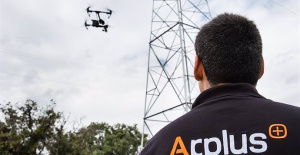 The CNMV prohibits the funds that sold shares to Apollo in its takeover bid from purchasing more Applus securities
The CNMV prohibits the funds that sold shares to Apollo in its takeover bid from purchasing more Applus securities STATEMENT: SUNRATE partners with YeePay to empower Chinese companies to navigate global expansion
STATEMENT: SUNRATE partners with YeePay to empower Chinese companies to navigate global expansion Nadal is still alive and exciting in Madrid
Nadal is still alive and exciting in Madrid How Blockchain in being used to shape the future
How Blockchain in being used to shape the future Not just BTC and ETH: Here Are Some More Interesting Coins Worth Focusing on
Not just BTC and ETH: Here Are Some More Interesting Coins Worth Focusing on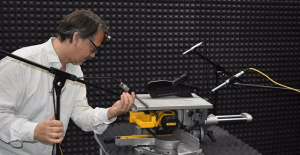 They create a bank of machinery sounds to prevent breakdowns through artificial intelligence
They create a bank of machinery sounds to prevent breakdowns through artificial intelligence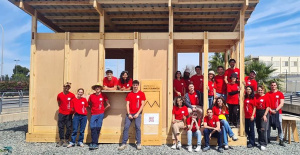 UPV students build a prototype of a wooden house to move to Equatorial Guinea
UPV students build a prototype of a wooden house to move to Equatorial Guinea The UA opens the call for the Impulso 2024 Awards for the best innovative business initiatives
The UA opens the call for the Impulso 2024 Awards for the best innovative business initiatives ALI, virtual assistant from Alicante, internationally recognized by the OECD
ALI, virtual assistant from Alicante, internationally recognized by the OECD A million people demonstrate in France against Macron's pension reform
A million people demonstrate in France against Macron's pension reform Russia launches several missiles against "critical infrastructure" in the city of Zaporizhia
Russia launches several missiles against "critical infrastructure" in the city of Zaporizhia A "procession" remembers the dead of the Calabria shipwreck as bodies continue to wash up on the shore
A "procession" remembers the dead of the Calabria shipwreck as bodies continue to wash up on the shore Prison sentences handed down for three prominent Hong Kong pro-democracy activists
Prison sentences handed down for three prominent Hong Kong pro-democracy activists ETH continues to leave trading platforms, Ethereum balance on exchanges lowest in 3 years
ETH continues to leave trading platforms, Ethereum balance on exchanges lowest in 3 years Investors invest $450 million in Consensys, Ethereum incubator now valued at $7 billion
Investors invest $450 million in Consensys, Ethereum incubator now valued at $7 billion Alchemy Integrates Ethereum L2 Product Starknet to Enhance Web3 Scalability at a Price 100x Lower Than L1 Fees
Alchemy Integrates Ethereum L2 Product Starknet to Enhance Web3 Scalability at a Price 100x Lower Than L1 Fees Mining Report: Bitcoin's Electricity Consumption Declines by 25% in Q1 2022
Mining Report: Bitcoin's Electricity Consumption Declines by 25% in Q1 2022 Oil-to-Bitcoin Mining Firm Crusoe Energy Systems Raised $505 Million
Oil-to-Bitcoin Mining Firm Crusoe Energy Systems Raised $505 Million Microbt reveals the latest Bitcoin mining rigs -- Machines produce up to 126 TH/s with custom 5nm chip design
Microbt reveals the latest Bitcoin mining rigs -- Machines produce up to 126 TH/s with custom 5nm chip design Bitcoin's Mining Difficulty Hits a Lifetime High, With More Than 90% of BTC Supply Issued
Bitcoin's Mining Difficulty Hits a Lifetime High, With More Than 90% of BTC Supply Issued The Biggest Movers are Near, EOS, and RUNE during Friday's Selloff
The Biggest Movers are Near, EOS, and RUNE during Friday's Selloff Global Markets Spooked by a Hawkish Fed and Covid, Stocks and Crypto Gain After Musk Buys Twitter
Global Markets Spooked by a Hawkish Fed and Covid, Stocks and Crypto Gain After Musk Buys Twitter Bitso to offset carbon emissions from the Trading Platform's ERC20, ETH, and BTC Transactions
Bitso to offset carbon emissions from the Trading Platform's ERC20, ETH, and BTC Transactions Draftkings Announces 2022 College Hoops NFT Selection for March Madness
Draftkings Announces 2022 College Hoops NFT Selection for March Madness